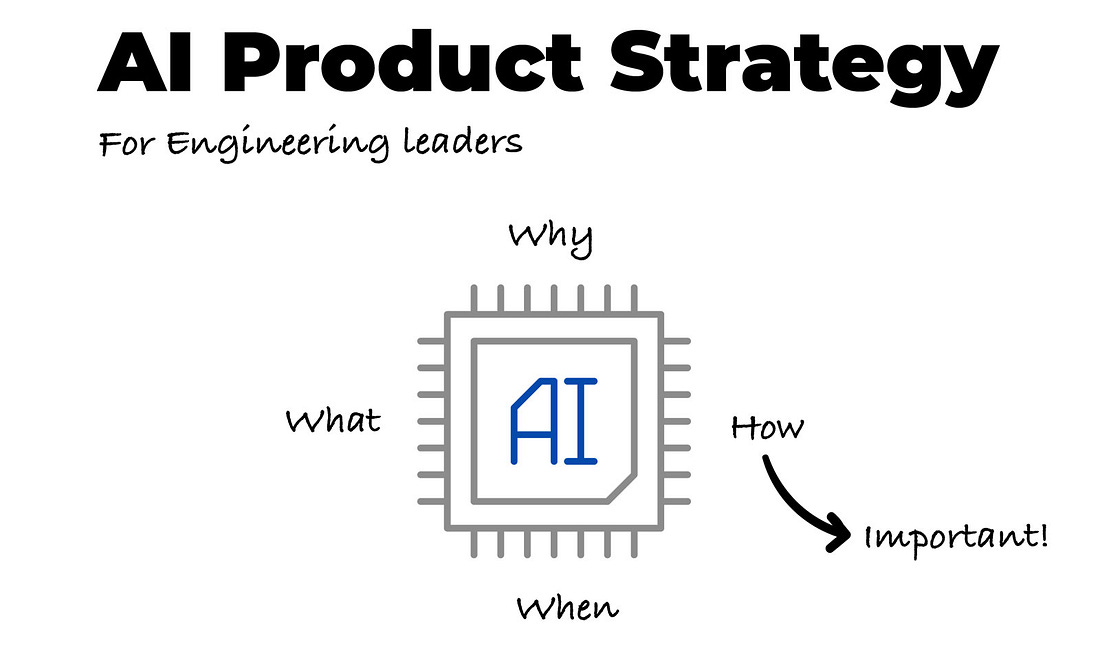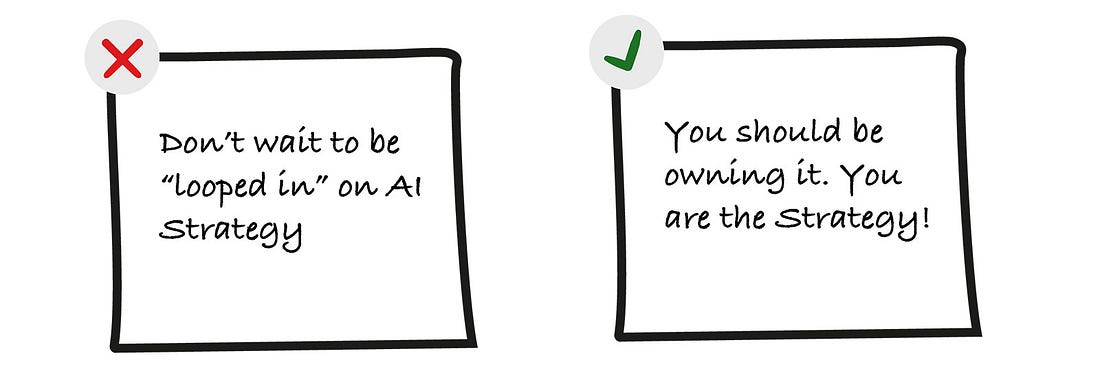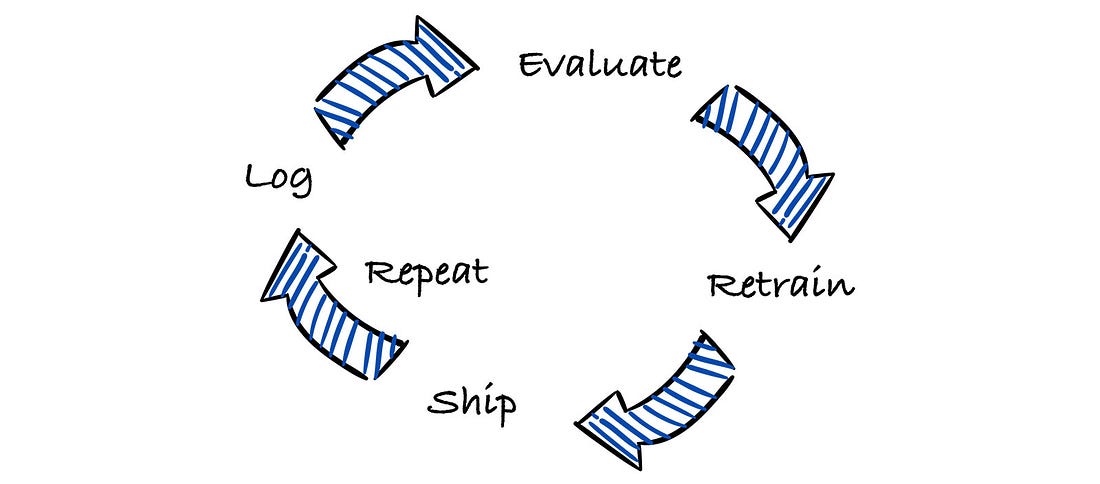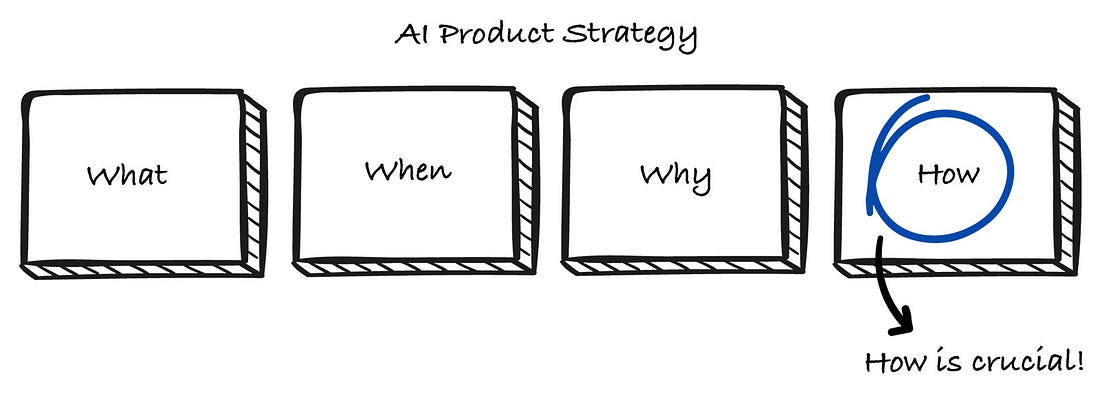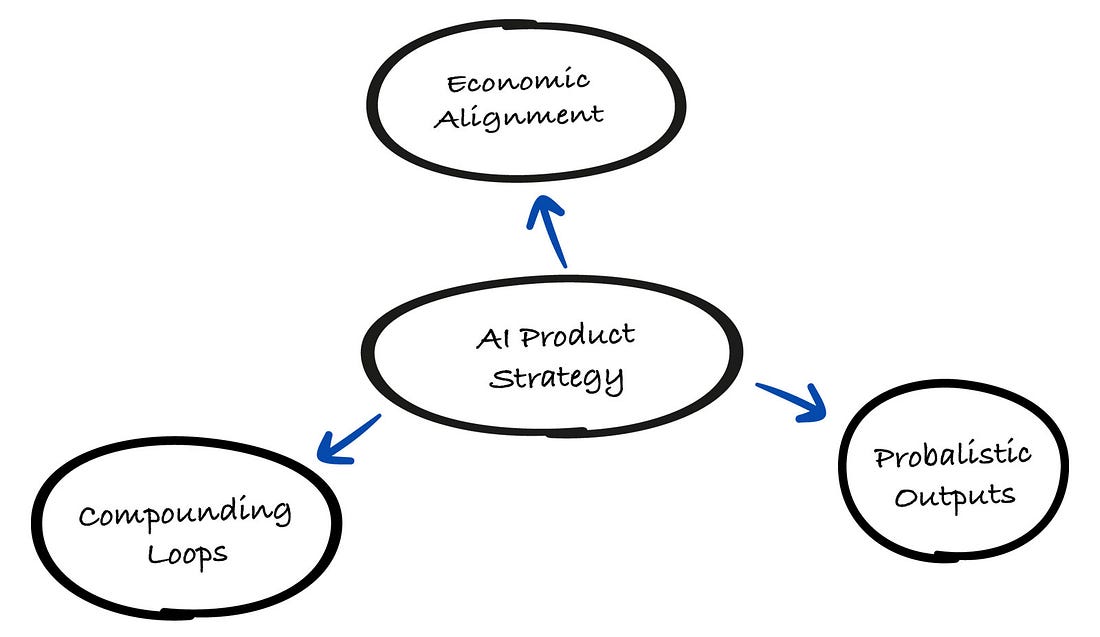OpenAI's Product Leader Reveals: AI Product Strategy for Engineering Leaders
- Gregor Ojstersek and Miqdad Jaffer from Engineering Leadership <gregorojstersek@substack.com>
- Hidden Recipient <hidden@emailshot.io>
Hey, Gregor here 👋 This is a paid edition of the Engineering Leadership newsletter. Every week, I share 2 articles → Wednesday’s paid edition and Sunday’s free edition, with a goal to make you a great engineering leader! Consider upgrading your account for the full experience here. OpenAI's Product Leader Reveals: AI Product Strategy for Engineering LeadersEverything you need to build, scale, and win in the AI era with a proven 4D Strategy!IntroAI is showing up in every product roadmap, but the real challenge for engineering leaders? Turning ambition into execution. Spoiler: You need a seat at the table before the roadmap is defined → There is no way that success is achievable without you playing a key part in defining it. And how do you decide where AI actually adds value? Plus, how do you align teams on what to build, and avoid chasing shiny tools? You need AI Product Strategy. To ensure that we’ll get the best insights on AI Product Strategy and that you understand exactly what is expected of you as an engineer or engineering leader, I am happy to team up with Miqdad Jaffer, Product Lead at OpenAI. This is an article for paid subscribers, and here is the full index: - Why You Need a Seat at the AI Strategy Table, Not Just Execution Introducing Miqdad JafferMiqdad Jaffer is a Product Lead at OpenAI. Before that, he was a Director of Product at Shopify, where he led a group responsible for the inclusion of AI across Shopify. Miqdad is teaching the first 6-week AI Product Strategy Course. What I like most about this course is not just how packed it is with a lot of relevant information. But also, Miqdad is doing a written review of your AI product strategy. Check the course and use my code GREGOR550 for $550 off. The cohort starts on September 27. The door closes soon. Why You Need a Seat at the AI Strategy Table, Not Just ExecutionIf you’re a CTO or engineering leader still waiting for someone to “loop you in” on AI strategy. You’re already behind. Because AI isn’t just some feature request you execute on. It’s a paradigm shift in how products are architected, deployed, and scaled. You can’t afford to be looped in after the roadmap is set. Because when non-technical teams define AI initiatives in isolation, they’re often writing checks the infrastructure can’t cash. Here’s what they don’t always see, but you do:
You decide whether:
Only YOU can answer those. And when only you can answer those, why should you be the last person to hear about all this? I genuinely believe AI product strategy is going to be the new leadership skill for engineers, CTOs, and technical leaders. Why? Because you already know how to build. It’s time you develop the strategic skill so you can answer “what”, “when”, and “why” to build so you can lead the whole ecosystem. Because every great AI product has one thing in common: A tight engineering flywheel. Log → Evaluate → Retrain → Ship → Repeat. And every layer of that loop, from feedback capture to silent regression detection, should be owned by YOU. In AI, infra is the product. And engineering is no longer the last mile, it’s the first mile of defensibility.
So don’t wait to be looped in. Take the seat. Define the stack. Build the flywheel. Your Role: Traditional Product Strategy VS AI Product StrategyIn AI products, how you build something defines how it performs, how it improves, and how defensible it is. Let’s say you’re building an AI feature that summarizes internal sales calls. Product might frame it like this: “Let’s help reps auto-summarize Zoom meetings into CRM fields.” But how you engineer it is the difference between a toy and a moat:
This is AI system design and it’s not optional. Without it, you ship generic features that are expensive to run, easy to copy, and hard to trust. Where Strategy Used to Live vs. Where It Lives NowIf you don’t step up to shape these, you’ll be stuck reacting to decisions made without your input, cleaning up systems you didn’t design, and scaling products you don’t trust. And one of the most dangerous parts of AI infrastructure is this:
You won’t see a 500 error. You’ll just notice that users stop using it.
This is model drift, eval blindness, and feedback starvation… and if you didn’t build in eval hooks, feedback pipelines, and version control, you’ll have no idea why your retention dropped. Only you can prevent this because only engineers can embed evals, track model performance, and log failure cases in a systematic way.
Owning AI product strategy as a technical leader doesn’t mean you need to write prompts all day. It means:
If you don’t do this, no one else will. The product team can frame problems. But only engineering can build systems that compound advantage over time. But What is an AI Product Strategy?AI product strategy is the art and science of designing products, data systems, and business models around the unique dynamics of artificial intelligence to create compounding value, at scale. Unlike traditional product strategy, which focuses on market fit and feature-roadmap alignment, AI product strategy adds three non-negotiable dimensions:
But how do you make sure you’re winning on all fronts without compromising on one thing? My 4D AI Strategy method is the answer. How Engineers Build Better AI Products: The 4D Strategy...Subscribe to Engineering Leadership to unlock the rest.Become a paying subscriber of Engineering Leadership to get access to this post and other subscriber-only content. A subscription gets you:
|
Similar newsletters
There are other similar shared emails that you might be interested in:
